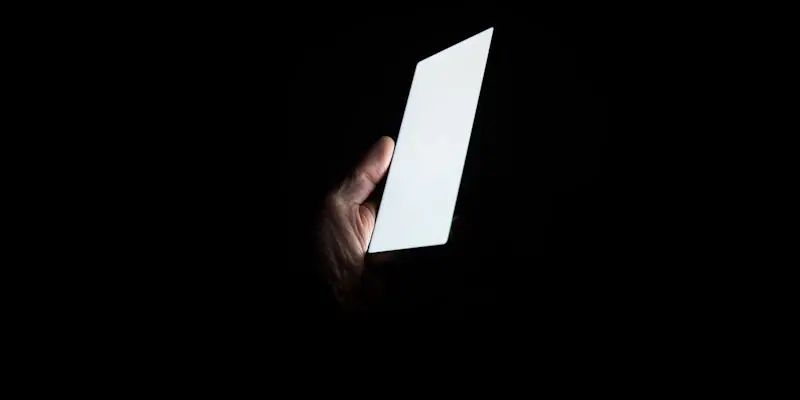The dream of a bezel-free smartphone has tantalized technology enthusiasts for years, offering a seamless visual experience that pushes the boundaries of design and innovation. This vision has proven technically challenging, but the relentless pursuit continues. Apple’s latest iPhone 16 and 16 Pro models have made strides toward this goal, featuring thinner bezels than ever before. However, these bezels, while reduced, are still noticeable. A recent leak suggests that the first truly bezel-free iPhone might not debut until sometime after 2026, indicating the immense technical hurdles that remain.
Technical Challenges and Development Delays
The Role of TFE and OCA Technologies
To achieve a bezel-free display, Apple’s display suppliers, primarily Samsung and LG, must develop and refine key technologies such as Thin Film Encapsulation (TFE) and Optical Clear Adhesive (OCA). These advanced technologies are crucial for creating the curved edges necessary for a bezel-free design. However, significant technical challenges remain, particularly in ensuring the durability of these displays while maintaining a seamless, edge-to-edge aesthetic.
One of the major issues hampering progress is the durability of bezel-free displays. Traditional displays with thicker bezels provide a buffer that helps protect the screen from damage. Without this buffer, the display must be exceptionally robust to withstand everyday use and accidental drops. Additionally, there are unresolved problems related to side-view distortion, which affects the clarity and usability of the display when viewed from an angle. These technical barriers make the goal of a bezel-free design particularly challenging to achieve.
Distinct Design Approach
Unlike competitors such as Samsung, which employ curved edge displays, and Xiaomi, which uses waterfall-style screens, Apple’s approach to bezel-free design is reportedly distinct. Apple aims to create a design where the display does not extend to the sides of the device, thereby reducing the risk of accidental touches—a known issue with other designs. This unique approach adds another layer of complexity to the development process.
Apple’s ambition to avoid extending the display to the device’s sides is intended to enhance user experience by preventing inadvertent inputs that can occur with curved or waterfall displays. However, this design choice requires further innovation in both hardware and software to ensure a seamless and functional user interface. As such, design iterations and ongoing technical discussions are critical to resolving these issues before a bezel-free iPhone can be realized.
Anticipations and Future Prospects
Timeline and Expectations
Given the current state of technological advancements and ongoing development efforts, it now appears unlikely that a bezel-free iPhone will be available by 2026. Initially, Apple aimed to debut this groundbreaking design within the 2025 to 2026 timeframe, but current reports indicate that this timeline is increasingly unrealistic. Crucial technical discussions and development are still in progress and far from resolution, leading experts to project a later release date.
Despite these delays, Apple remains committed to the pursuit of a bezel-free iPhone, and development efforts continue unabated. iPhone enthusiasts will need to exercise patience, as the journey to achieve this technological milestone is complex and laden with challenges. However, Apple’s continued innovation suggests that a bezel-free device is still on the horizon, even if it arrives later than initially anticipated.
The Road Ahead
For years, technology enthusiasts have been dreaming of a bezel-free smartphone, envisioning a seamless visual experience that redefines design and innovation limits. Although this dream has proven to be technically challenging, the relentless pursuit of such a device continues. Apple, being at the forefront of technology, has made significant strides toward this goal with its latest iPhone 16 and 16 Pro models. These models boast thinner bezels than ever before, showcasing Apple’s commitment to pushing boundaries. However, despite these advancements, the bezels are still visible to some extent. A recent leak hints that the journey to a genuinely bezel-free iPhone won’t reach fruition until sometime after 2026. This revelation underscores the significant technical obstacles yet to be overcome in achieving a totally bezel-free design. The continuous evolution in smartphone design reflects not only technological advancements but also the unwavering commitment of companies like Apple to realize the ultimate seamless visual experience.

